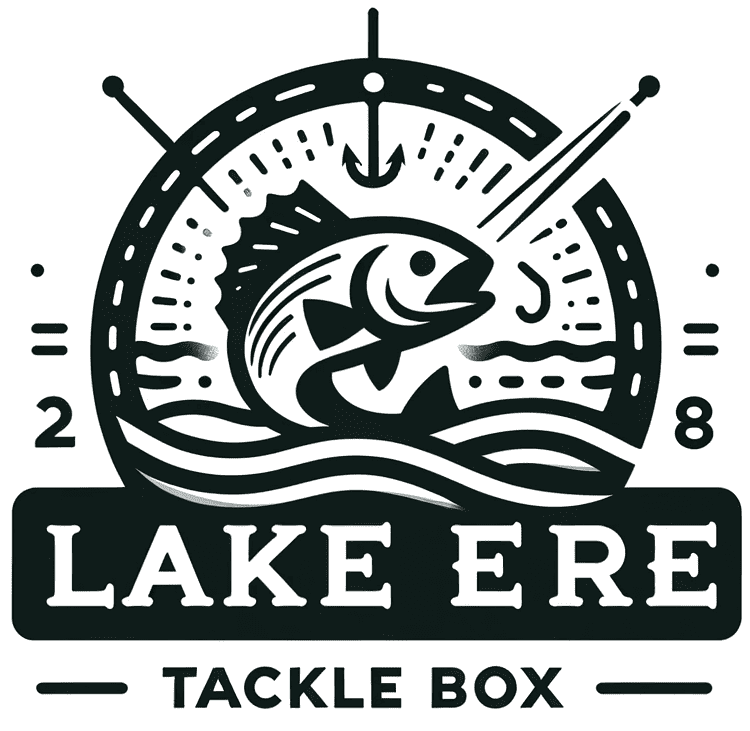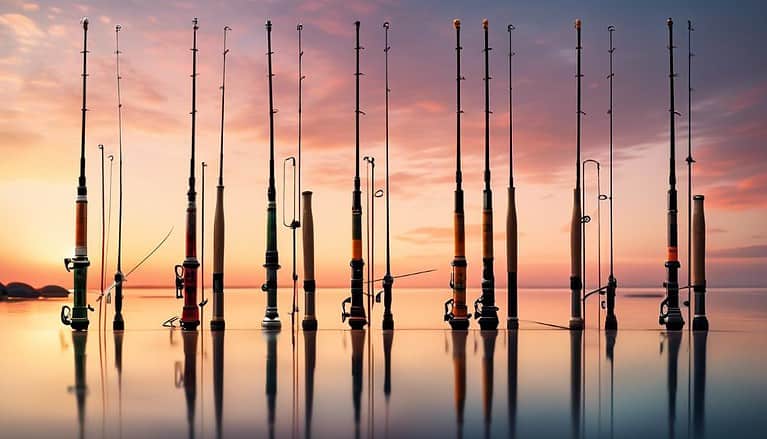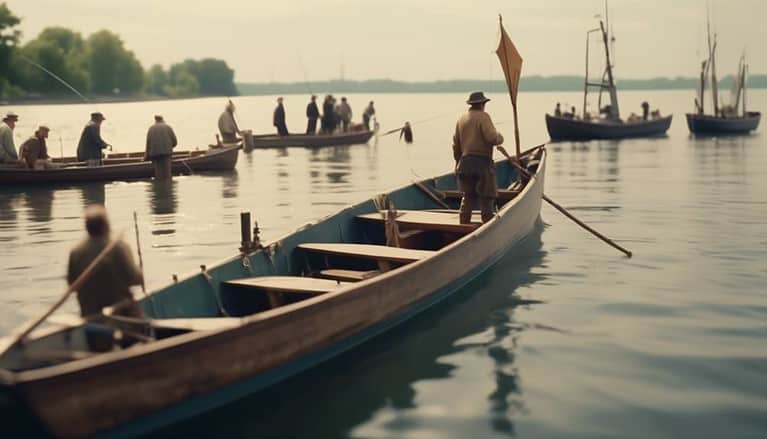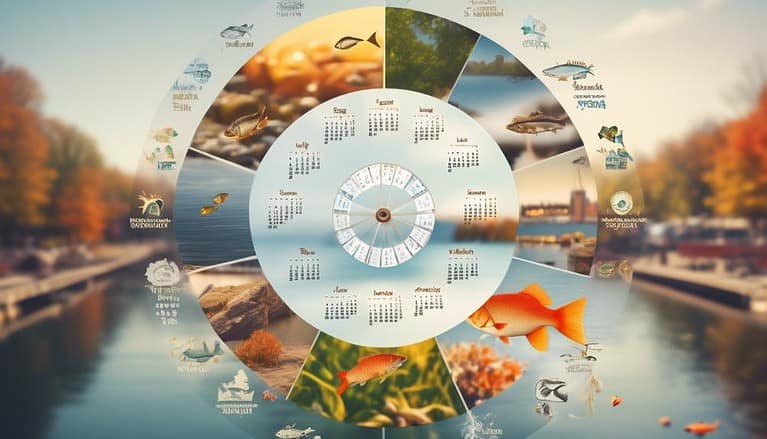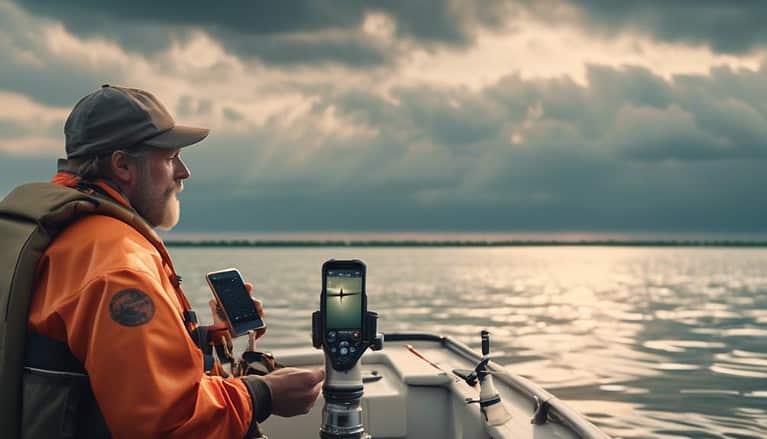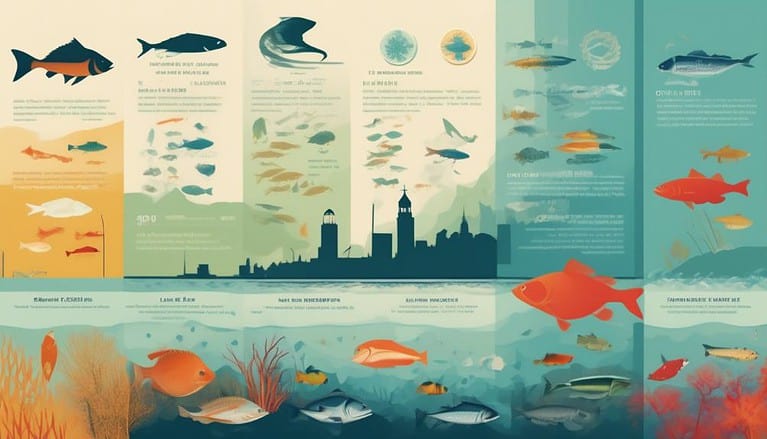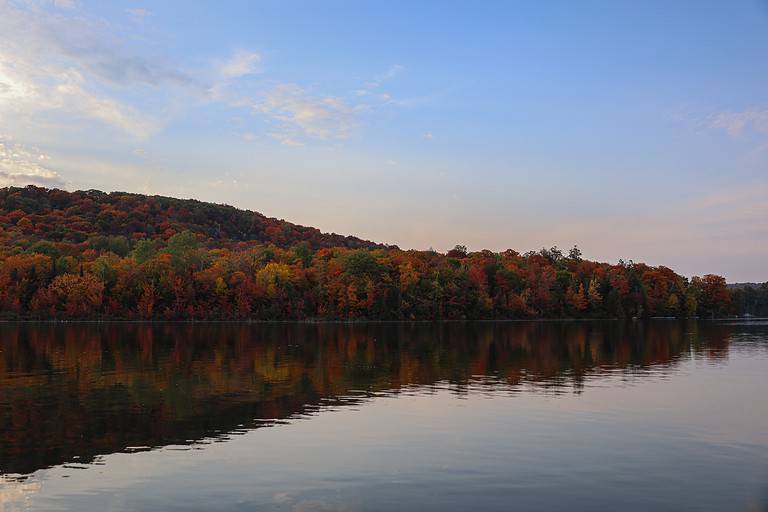Ultimate Guide to Catching Big Fish in Lake Erie: Expert Tips & Techniques
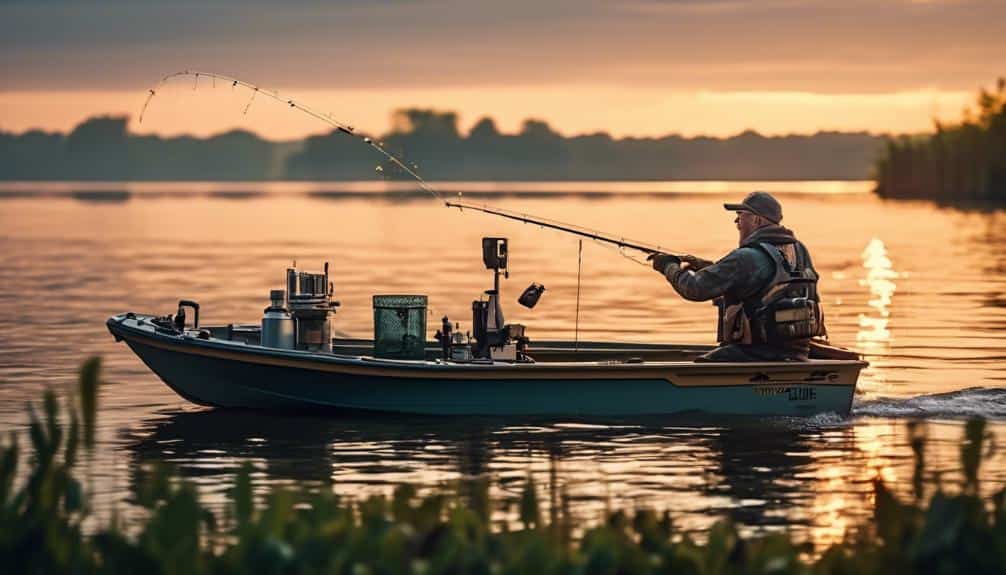
Just when you thought you’d mastered the waters of Lake Erie, a twist in your technique might be what you need to land the giants lurking beneath its surface.
You’re no stranger to the thrill of the catch, but tackling the behemoths of Lake Erie requires more than just luck and persistence. It’s about understanding the art of using diverse lures, the science of tracking fish with waypoints, and the strategy of adjusting your tactics based on comprehensive data analysis.
Whether you’re trolling for trophy walleyes or seeking out schools of baitfish, the key lies in not just knowing the waters but reading them like a seasoned navigator.
As you prepare to test your skills against the might of Lake Erie’s giants, remember, the difference between a good fisherman and a great one often boils down to the willingness to adapt and learn.
So, why not take a closer look at what it truly takes to conquer the challenges posed by these aquatic giants?
Table of Contents
Key Takeaways
- Understanding the relationship between water temperature, wind conditions, and lure efficacy is crucial for identifying prime fishing hotspots in Lake Erie.
- Paying attention to water clarity and focusing on the leeward side of the lake can lead to finding areas with clear water, which is favorable for fishing.
- Utilizing advanced sonar and scanning tools can help detect prime fishing spots and improve success rates.
- Analyzing water temperature, weather patterns, and seasonal migration can help determine ideal fishing times and adjust tactics accordingly.
Identifying Prime Hotspots
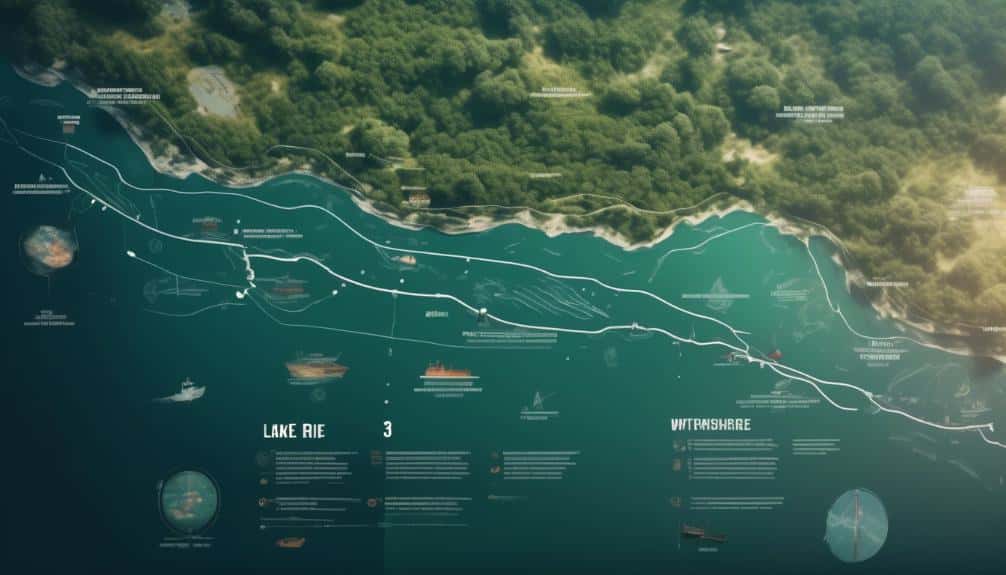
To effectively identify prime hotspots in Lake Erie for big fish, anglers must meticulously analyze water temperature, wind conditions, and the efficacy of various lures. This analytical approach is crucial for targeting giant walleye, a prized catch among Lake Erie fishermen.
By correlating specific water temperatures with the presence of big fish, you can predict their movements within the water column. For instance, walleye prefer clearer water with temperatures ranging from 55 to 65 degrees Fahrenheit, which often pushes them to deeper or specific areas where these conditions prevail.
Moreover, understanding how wind conditions affect water clarity and baitfish location is essential. Emerald shiners, a primary forage for walleye, thrive in areas where wind-induced currents create feeding opportunities. Hence, focusing on the leeward side of Lake Erie, where clear water accumulates, can yield significant catches.
Incorporating the use of advanced sonar and scanning tools to detect small humps and inside turns where baitfish congregate is also a strategy you can’t ignore. These features in the lake’s topology often serve as rest stops for schools of fish, making them prime spots for walleye fishing.
Mastering Seasonal Strategies
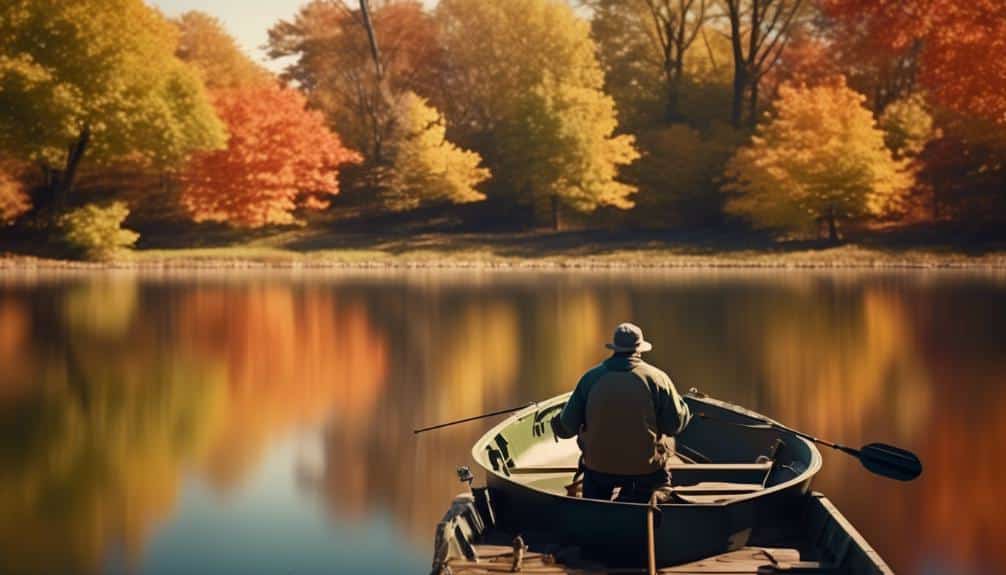
Mastering seasonal strategies involves understanding how changing weather patterns and temperature fluctuations significantly impact walleye behavior in Lake Erie. As fall approaches, water temperatures drop, prompting walleye to move closer to shore in search of baitfish. This seasonal migration offers an opportune window for anglers aiming to catch big walleye. Employing data from waypoints to detect patterns in these movements can enhance your fishing success. Adjusting your tactics, such as shifting your fishing location closer to these patterns and changing your bait to mimic the prevalent baitfish, can significantly improve your catch rate.
During this period, structured tactics, like trolling with crankbaits that resemble the color and vibration of baitfish, can be highly effective.
As winter sets in and ice fishing becomes viable, understanding the walleye’s preference for specific areas under the ice is crucial. Unstructured tactics, such as jigging with live bait in areas where sonar data shows active fish, can yield impressive results.
Analyzing the data from your waypoints to refine these techniques ensures that your seasonal strategies are backed by scientific analysis, leading to more successful fishing outings in Lake Erie.
Selecting the Right Gear
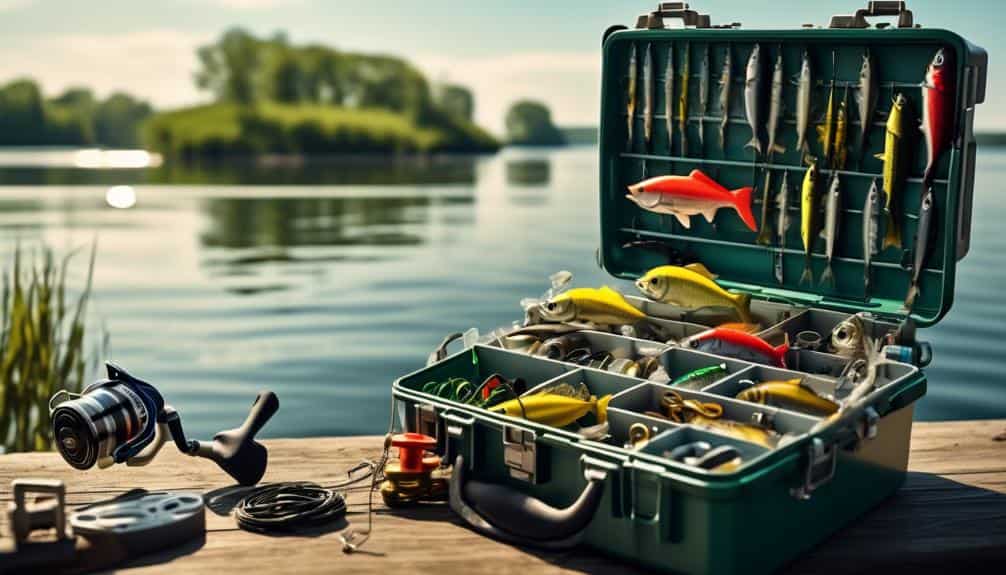
Selecting the right gear for Lake Erie fishing demands a deep understanding of the target species’ behavior and the prevailing environmental conditions to optimize your chances of landing big walleye. This analytical approach to selecting the right gear is vital, especially when targeting the elusive walleyes in Lake Erie’s diverse aquatic environments. Whether fishing in deep water or moving water, your gear selection can make or break your fishing expedition.
When considering the optimal gear for catching big fish in Lake Erie, focus on:
- Lure selection: Choose lures like Rapala Husky Jerks, Reef Runners, and Bay Rats, which are effective under various fishing conditions.
- Sonar equipment: Utilize advanced sonar technology, such as the Humminbird Solix 12, to identify walleye locations and eliminate unproductive water.
- Trolling gear: Employ in-line planer boards, snapweights, and crawler harnesses with precision to navigate specific speeds and depths.
- Shore fishing tackle: Opt for long rods, 4000-size reels, and braided lines to achieve the casting distance necessary for reaching walleyes from the shore.
Advanced Trolling Techniques
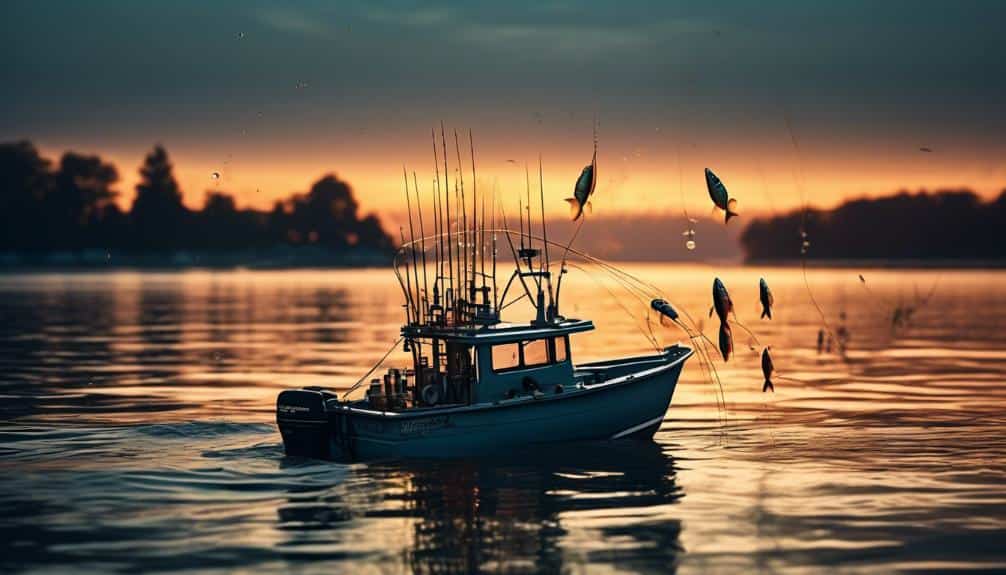
Having established the importance of gear selection for big fish in Lake Erie, it’s crucial to refine your trolling techniques for an unparalleled fishing experience. Mastering the art of trolling in Lake Erie demands a nuanced understanding of speed, depth, and lure selection.
Utilize crawler harnesses at speeds of 0.9 to 1.2 mph on calm days, spreading lines with in-line planer boards to efficiently cover more water. This approach is particularly effective in the open waters of Lake Erie, where walleye fishermen say the best opportunity for trophy catches often lies.
Incorporating snapweights allows you to adjust bait to the desired depths quickly, an essential tactic as fish move into deeper water during the summer months. In challenging conditions, such as waves over a foot, switch to stickbaits and increase your trolling speed. Rapala Down Deep Husky Jerks and Tail Dancers, mimicking the size of forage species, become critical in these scenarios.
Moreover, an analytical approach to lure color and the observation of environmental factors like wind direction and moon phase can significantly impact your success. Prioritizing locations where baitfish are found, especially near outside weed edges in the early morning or in deeper water, aligns with the migratory patterns of walleye, offering the best opportunity for a successful catch in the vast expanse of Lake Erie.
Reading Lake Conditions
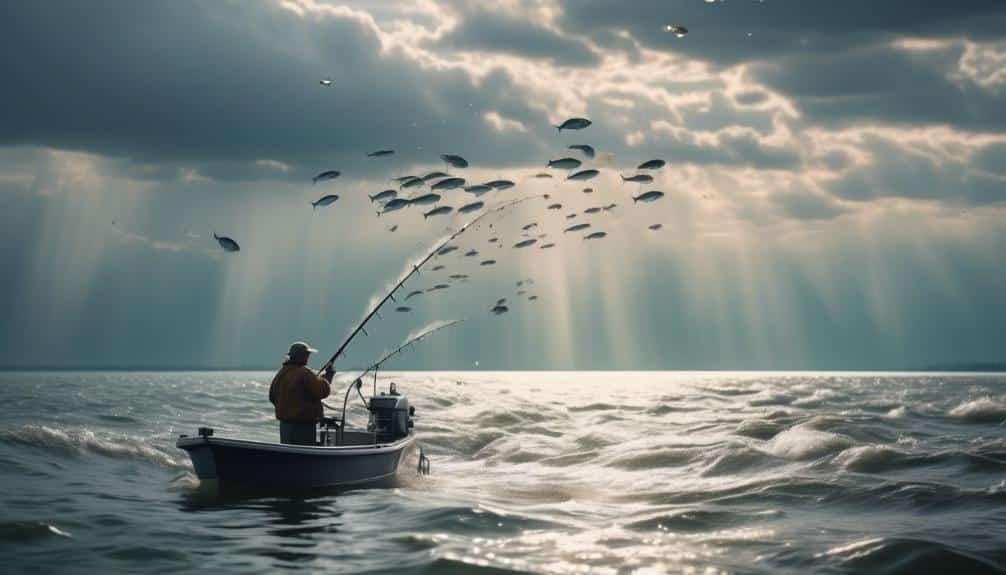
To optimize your fishing outcomes in Lake Erie, it’s essential to adeptly interpret water conditions, including temperature fluctuations and weather patterns, which significantly influence fish behavior and habitat preference. Water temperatures in the low 50s, for instance, create ideal conditions for targeting walleye, a sought-after giant in these waters. During such times, certain lures like Rapala Husky Jerks, Reef Runners, and Bay Rats become incredibly effective.
Understanding and using waypoints to mark every catch can drastically improve your strategy. It’s a method that allows for the identification of patterns which, in turn, refines your fishing spots and tactics. Here are four key insights to enhance your approach:
- Temperature Analysis: Water temperature is crucial. The best time for ice fishing for walleyes is when the water is in the low 50s.
- Lure Selection: Use specific lures known for their effectiveness under current conditions.
- Waypoint Management: Drop waypoints for every catch, using different icons for notable sizes.
- Data Utilization: Don’t overlook the information from waypoints. Analyzing this data is critical for detecting patterns and improving success rates.
One of the Biggest Mistakes Walleye Anglers make is ignoring the insights provided by these data points. By focusing on the scientific analysis of conditions and embracing a methodical approach, you’ll significantly increase your chances of landing a giant.
Frequently Asked Questions
How Do You Catch Big Walleye in Lake Erie?
To catch big walleye in Lake Erie, you’ll need to master seasonal strategies, understand trolling depths, and select the right bait. Night fishing, observing weather patterns, and adjusting boat positioning based on water clarity are crucial.
How Do You Catch a Giant Walleye?
To catch a giant walleye, you’ll need to master night fishing, adjust trolling speeds, and study moon phases. Selecting the right lures, understanding weather patterns, and using depth finders are crucial. Prioritize conservation efforts.
What Are the Techniques for Walleye?
For walleye, you’ll need to master trolling depths, understand seasonal patterns, and adjust to water temperature. Night fishing, jigging strategies, live baiting, and studying moon phases enhance success. Always focus on structure hunting, lure selection, and fishing rigs.
What Did the Walleye Cheaters Get Charged With?
You’re facing legal consequences for fraud charges due to violating tournament rules by cheating. The community’s reaction underscores the importance of ethical fishing and sportsmanship values, leading to a thorough investigation process and strict penalty enforcement for wildlife protection.
Conclusion
So, you’ve armed yourself with the latest techniques and gear to conquer Lake Erie’s leviathans, meticulously following every detail in ‘Tackling the Giants.’
Ironically, the biggest takeaway might just be that despite our advanced gadgets and analytics, the lake still holds the upper hand. Nature’s unpredictability ensures that even with waypoints, lures, and data analysis at our fingertips, Lake Erie’s giants remain a challenge.
This serves as a reminder that in fishing, as in science, there’s always more to learn and explore.
